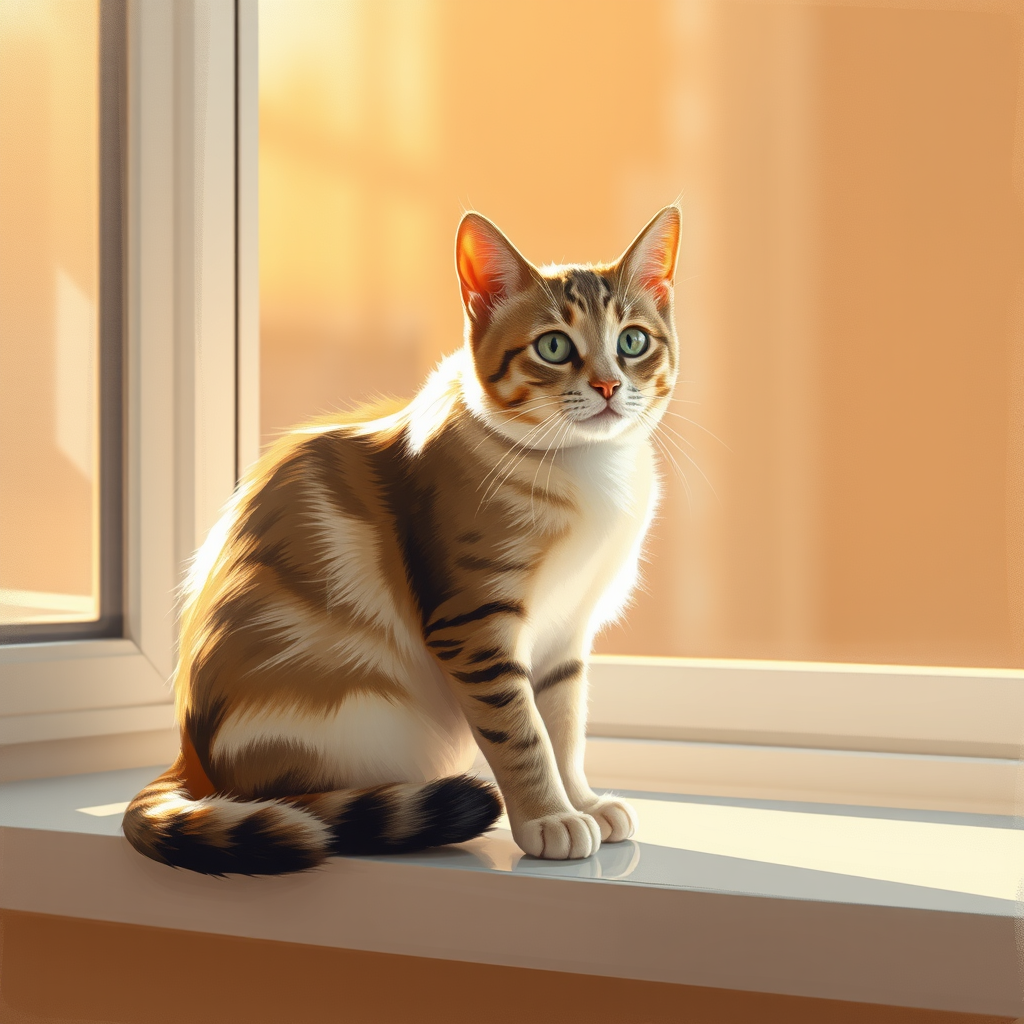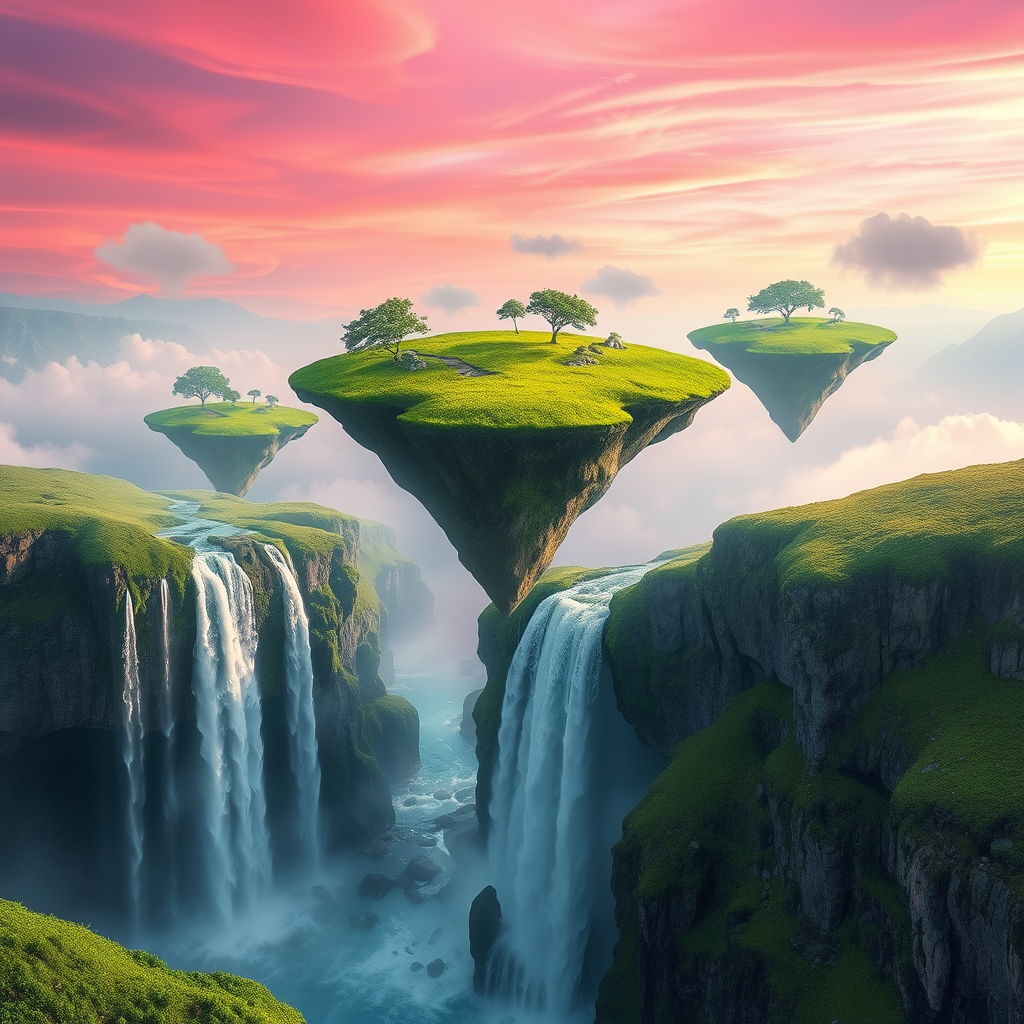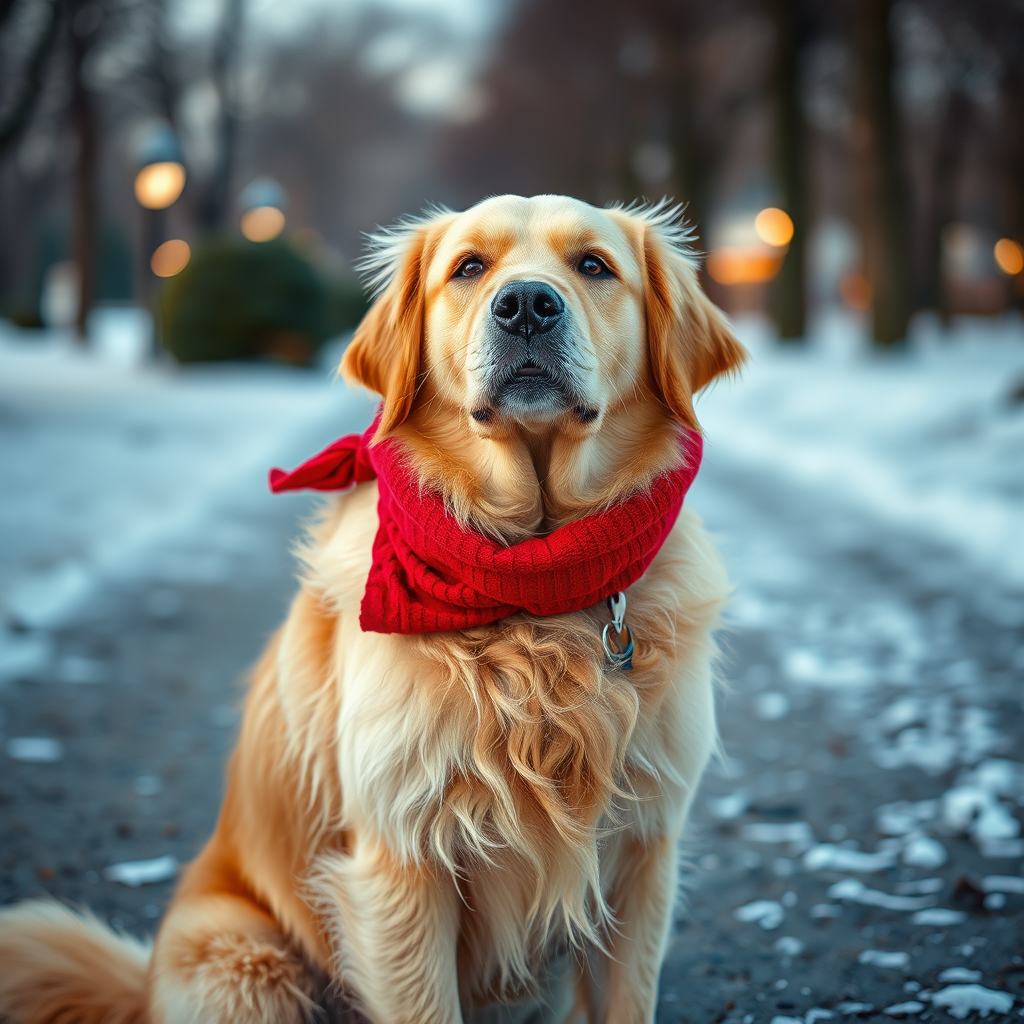Generative AI tools for creating images have made it easier than ever to bring your creative ideas to life. Whether you're dreaming up a photorealistic masterpiece or something more whimsical, the secret lies in crafting the right prompts. This guide will walk you through the process of writing great prompts, identifying different art styles, and tweaking your ideas until you get an image you love.
1. Get to know different image styles
Before diving into prompt-writing, it helps to have a handle on some common art styles. Here’s a quick rundown:
-
Realism: Looks like real life, with all the fine details intact. Think of paintings like the Mona Lisa.
-
Surrealism: Think dreamlike and imaginative—the kind of stuff that mixes fantasy with reality. Salvadore Dali is a famous surrealist artist.
-
Abstract: All about shapes, colours, and forms, without sticking to real-world rules. Think Jackson Pollack or Joan Mitchell.
-
Impressionism: Focuses on light, movement, and capturing a moment, rather than super-sharp details. Some artists known for their impressionism artworks include Claude Monet and Vincent van Gogh.
-
Minimalism: Simple and clean, with only the essentials to make a statement. Jo Baer and Ellsworth Kelly were creators in the Minimalist style.
Take some time to explore these styles—whether online or in art books—so you can spot the differences and figure out what you like.

2. Start with inspiration: Analyse an image you love
If you find an image that really speaks to you, use it as a jumping-off point. Many AI tools can analyse images and help you create something similar. Here’s how:
Step 1: Share the image (if the tool allows)
Some AI tools let you upload an image as a reference. Pop it in and ask the tool to describe it.
Step 2: Ask for details
Try using a prompt like: "Can you describe the style, colours, and main elements of this image?"
For example, the AI might reply: "This image features soft pastel tones and a minimalist design with clean geometric shapes."
3. Write your first prompt
Now, take what you learned and write your first prompt. A good prompt usually includes:
-
Subject: What should the image show? Be specific (e.g., "a cat on a sunny windowsill").
-
Style: Add a style or mood (e.g., "in an impressionistic style").
-
Details: Think textures, colours, and background elements (e.g., "soft brush strokes, warm sunset tones").
-
Format: Specify the type of image, like "digital painting" or "photorealistic photo."
Example prompt:
"A photorealistic image of a golden retriever sitting on a snowy hill, wearing a red scarf, with warm golden light from the setting sun."
4. Refine and iterate
Don’t worry if your first result isn’t quite right. It’s all part of the process. Here’s how to fine-tune:
- Look closely at the output - Take a good look. What works? What’s off? Maybe the colours aren’t vibrant enough, or the details aren’t quite there.
- Adjust your prompt - Give the AI more guidance. For example: "Make the sunset more vibrant and add more detail to the dog’s fur."
- Play with words - Different words can produce different results. Instead of "bright light," try "soft glow" or "golden shimmer."
5. Tips for advanced prompts
- Use art-specific language - The more precise you are, the better. Instead of "pretty colours," say "a harmonious blend of soft blues and vibrant oranges."
- Mix and match styles - Combine styles to create something unique, like: "A surreal cityscape with realistic details and an abstract, colourful sky."
- Think about composition - Include details about angles or framing. For example: "A close-up portrait of a tiger, framed by dense jungle foliage, with dramatic lighting."
6. Practice makes perfect
Getting good at prompt-writing takes time, so don’t be afraid to experiment. Here’s a fun way to practice:
-
Start simple - Write a basic prompt like, "A tree in a field."
-
Add layers - Build on it by adding style, lighting, and detail (e.g., "A lone oak tree in an autumn field, with golden leaves and a hazy sunrise in the background").
-
Test variations - Tweak one element at a time to see how it changes the results.
7. Share and save your work
Once you’ve nailed your image, don’t forget to save it and share it. Also, keep a record of the prompt that worked so you can use it as inspiration next time.
Examples
Prompt: "A surreal landscape with floating islands, vibrant green grass, and cascading waterfalls under a magenta sky, digital art."
Result:

Prompt: "A photorealistic portrait of a golden retriever wearing a red scarf, sitting in a snowy park."
Result:

Writing prompts for AI-generated images is like having a creative brainstorming session with the AI. The more you explore, describe, and refine, the better your results will be. So, dive in, have fun experimenting, and watch your ideas come to life!
Join our webinars to increase your knowledge of AI
We have a number of insightful webinars from leading AI experts designed to help not-for-profits accelerate their impact. You can find webinars here including:




Status message
Thanks for rating this guide.